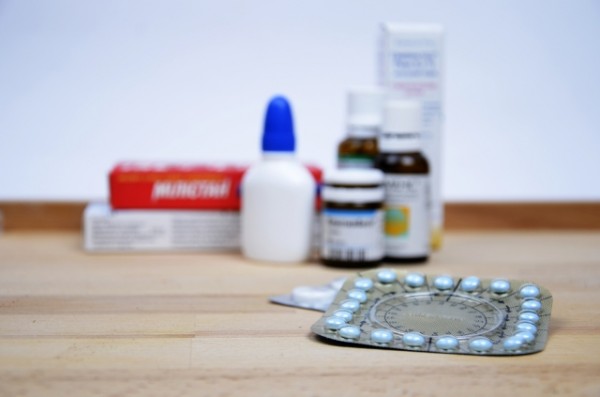Many people may not think about whether the pharmacy they go to is a compounding or traditional pharmacy. And while it may not cross your mind, it may be beneficial for you to know what your pharmacist is doing behind the counter. In today’s society we depend on the rules and regulations set by the FDA for the safety and security of our medications and other products that we consume or put on our bodies.
This gives us a safety net to depend on as we drink our coffees and use our lotions and sprays. But have you ever considered that your pharmacist could me mixing your medication by hand? Here are the differences between a traditional and compounding pharmacy so you can make the decision on where you want to pick up your prescriptions next time you go to the doctor.

Traditional Pharmacy
While we all understand that a pharmacist is essentially a drug expert as well as a chemist, but due to FDA regulations, a traditional pharmacy will really only dispense and review your prescription for safety reasons. The only compounding or modifications that they will use is to break down a medication or flavor it for a child’s use if that child cannot take the medication in pill or tablet form.
While the pharmacist’s job is to ensure the effectiveness of your medications and optimize the prescription for your benefit, some pharmacists prefer to only dispense the medication rather than change it from the doctor’s recommendation unless there is an allergy or child involved in the process.
Compounding Pharmacy
Compounding is a practice that is performed by a pharmacist who will prepare drugs into new forms such as creating medicated lollipops containing the drug you may need. For example, if a patient cannot swallow a tablet or pill formed medication, the pharmacist will recommend either a lollipop or liquid form of the medication depending on what the active ingredients are.
Another example of compounding is mixing medications of different strengths to optimize the prescription provided by your doctor, physician’s assistant, or other medical professional. Although this type of compounding is generally only performed by pharmacists in hospitals, community, or in-home administration therapy.
Difference
The major difference between the traditional pharmacy and compounding pharmacy is the practice of compounding medications into new forms or strengths. While this can be helpful when performed by a specialized pharmacist or a pharmacist who is experienced in compounding, inexperienced pharmacists may not know or understand how the inactive ingredients will react in a different form.
This can pose a mild problem as the FDA does investigate these matters and attempts to control the different medical mixtures. Your pharmacist may be experienced in turning a tablet into a syrup for a child, but may not be well-versed in mixing medication strengths to assist you better. Speaking to your pharmacist about the processes performed on your medication may make you feel safer if you do visit a compounding pharmacist, but many do caution against anything other than dispensary or traditional pharmacies.
Pete Kontakos is a blogger that enhoys talking health, fitness and sports. If you want to read more of Pete’s work you can follow him on Examiner.com



